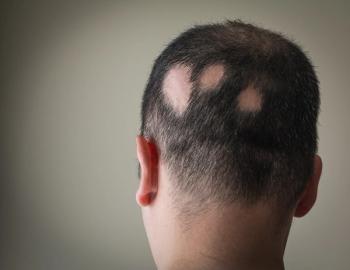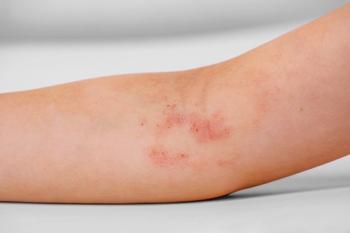
- April 2022
- Volume 39
- Issue 3
Phototherapy increases risk of neoplasms
Phototherapy is a typical first-line therapy for jaundice. A recent study examines whether the use alters neoplasm risk.
Infants given phototherapy as first-line treatment for neonatal jaundice are more likely to develop neoplasms, both benign and malignant, according to findings of a large retrospective study. The investigation included all infants born at 32 or more weeks’ gestation at a single medical center in Israel during a 30-year period. In the study population of more than 342,172 infants, 5.5% were exposed to phototherapy and followed up at a median of 9.5 years. Mothers of exposed children were more likely to be of Jewish than of Arab-Bedouin ethnicity and to have had pregestational or gestational diabetes mellitus. Exposed children also were more likely to have been delivered at an earlier gestational age or via cesarean delivery and to be male.
Malignant neoplasms were diagnosed in 531 children (0.15%); benign tumors, in 1921 (0.72%). Malignant tumors were more likely to develop in the exposed children. The association with malignant neoplasms remained among both children born at term and those born prematurely, even after adjusting for preterm birth and maternal age. Specifically, phototherapy was associated with hematopoietic cancers and leukemia but not solid tumors and lymphoma.
Thoughts from Dr. Farber
Parents may ask about this, so be prepared. The authors do cite another large study with different conclusions. For me, the bottom line is that the risk of kernicterus outweighs the risk of neoplasm, provided phototherapy is used judiciously. Most infants seen in the office with elevated bilirubin will not have levels warranting more than serial follow-up.
Reference
Bugaiski-Shaked A, Shany E, Mesner O, Sergienko R, Winstock T. The association between neonatal phototherapy exposure and childhood neoplasm. J Pediatr. Published online February 1, 2022. doi:10.1016/jpeds.2022.01.046
Articles in this issue
over 3 years ago
Treating the patientover 3 years ago
Looking at the spectrum of diaper dermatitisover 3 years ago
Less is more: Use the shortest effective duration of antibioticsover 3 years ago
Fever and facial swelling in a neonateover 3 years ago
Vaccines for COVID-19 and RSV: An updateover 3 years ago
Diagnosis and treatment of cannabinoid hyperemesis syndromeover 3 years ago
Breast may be best, but bottles do the job tooover 3 years ago
A novel surgical approach offers scarless thyroidectomyover 3 years ago
Which ELGANs are most at risk of low lung function?Newsletter
Access practical, evidence-based guidance to support better care for our youngest patients. Join our email list for the latest clinical updates.














